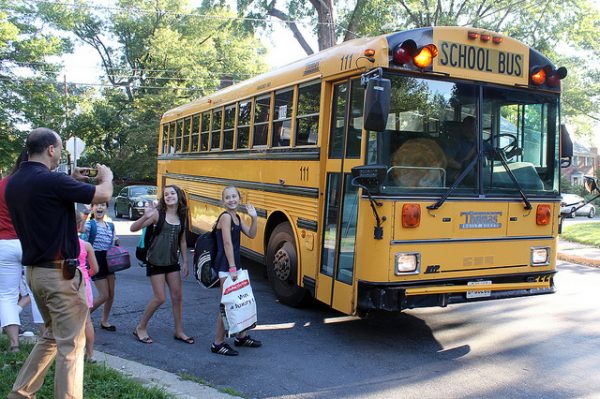
Education matters for quality of later life and so parents are highly invested in where their children attend school. Traditionally, choosing a good school meant choosing a good neighborhood — public schools serve everyone in the surrounding community and are funded primarily through property taxes. But increases in “school choice” policies, designed to improve schools by allowing parents more control over what school their children attend and increasing competition, weaken the link between schools and neighborhoods. In a recent study, Francis Pearman II and Walker Swain consider how school choice policies affect the housing decisions of educated, White families and in turn contribute to gentrification.
Pearman and Swain tracked whether school choice (through charter schools, magnet schools, vouchers, or open enrollment) in certain neighborhoods increased between 2000 and 2012. Then, they identified if those neighborhoods had gentrified during the same time period. The authors tested each neighborhood’s probability of gentrification regardless of school choice, and then determined if adding school choice policies changed that probability. They found that Whites were less likely to move into a neighborhood that was primarily non-White when the area had traditional neighborhood schools. However, Whites were equally likely to move into a neighborhood — regardless of racial composition — if school choice policies were present. In fact, with school choice, the likelihood of gentrification in the most racially-isolated neighborhoods increased from 18 percent to 40 percent.
These results suggest that White parents are less likely to move to a neighborhood if their children will attend majority non-White schools. On the flip side, they are more willing to move into racially-isolated, disinvested areas if they are able to select more desirable schools for their children. Clearly, education and housing policies can’t be understood in isolation, as both affect displacement, segregation, and community integration. School choice policies may accelerate gentrification processes that push out communities of color, while decreasing the odds that residents will invest in their neighborhood schools.

Comments